This week in class we examined the web. Jackie Gerstein explains that the advancements of the Web from 1.0 to Web 3.0 can be used as a metaphor to describe our current classes and educational spaces. Advancements are happening so quick with Web 3.0, the question needs to be asked- Are we keeping up through an educational perspective? First, we need to understand what the difference between Web 1.0-3.0 is. Maybe a quick history lesson will help us answer that.
“The web influences people’s way of thinking, doing, and being; and people influence the development and content of the web.”- Jackie Gerstein
Web 1.0
With the creation of the World Wide Web we have a been fortunate enough to experience a plethora of information at our figure tips. No longer do we need to head to the back of the classroom and dust off the stack of encyclopedias, or sign out as many books as possible from our librarian on a given topic. We could head online and search for our answers. Ask Jeeves anyone? But that’s where Web 1.0 limited us. 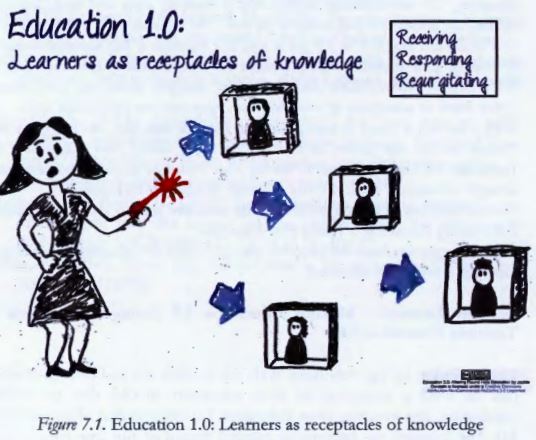
As teachers and learners we followed the 3 r’s outlined by Gerstein. Teachers taught the information, in the “old” school fashion through lectures and presentations where students received said information and responded through a variety of tasks, such as conversations, taking notes, and assignments. eventually they were called upon to regurgitate the information through tests or other summative tasks to check their understandings. This style of teaching was a catch all for every type of student in the class, the essentialists dream classrooms.
With the creation of Web 1.0 the internet blazed on, becoming more prominently used and accessed across the globe. John Tarro discusses the vast differences between the internet and World Wide Web, by describing it as being, “Internet is the highway system that connects many cities, and the Web is the collection of rest stops, gas stations, convenience stores, and other stops. All versions of the Web have used and continue to use the Internet to connect users with websites and each other.” This makes sense to me, but I would say as the Web progressed and advanced, I like to think of it as visiting a carnival. Web 1.0 was the Ferris Wheel or Merry-Go-Round- Tried and true favourites for many, but really not that exciting.
Web 2.0
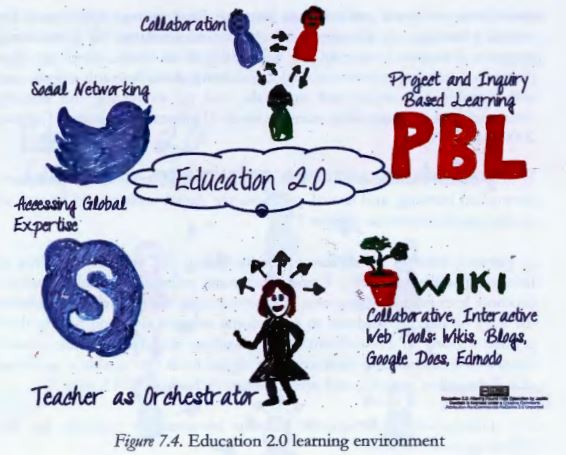 Web 2.0 saw surfing the web go from accessing information, to interacting and participating with the information. A social network was born where interaction could take place among users. Gerstein points out that we move away from the 3 R’s and advance into the 3 C’s- Communicating, contributing, and collaborating. Constructivist teaches rejoice! Education 2.0 offered classrooms to experience more cooperative and collaborative working opportunities through shared social networking sites. More project-based and inquiry projects became the norm- genius hour anyone?
Web 2.0 saw surfing the web go from accessing information, to interacting and participating with the information. A social network was born where interaction could take place among users. Gerstein points out that we move away from the 3 R’s and advance into the 3 C’s- Communicating, contributing, and collaborating. Constructivist teaches rejoice! Education 2.0 offered classrooms to experience more cooperative and collaborative working opportunities through shared social networking sites. More project-based and inquiry projects became the norm- genius hour anyone?
At the carnival we are seeing the rollercoasters becoming more and more thrill seeking, and the food from vendors is ever expanding- who doesn’t like a deep fried Mars bar?
Web 3.0
In Web 3.0 we are moving into a semantic web as envisioned by Tim Berners-Lee (World Wide Web Inventor) where the web becomes an “intelligent, autonomous, and open Internet that used Artificial Intelligence and Machine Learning to act as a “global brain” and process content conceptually and contextually.” Web 3.0 offers a more customized approach to your browsing experience based off of searches and algorithms. In Education 3.0, this personalized approach is utilized providing students with interest-based search results, tailoring their learning. Gerstein’s three C’s of 2.0 are replaced by a new set- Connectors, Creators, and Constructivists.
These are qualitatively different than the three Cs of Education 2.0. Now they are nouns which translate into the art of being a self-determined learner rather than “doing” learning as facilitated by the educator. The learners become the authors, drivers, and assessors of their learning experiences with the educator truly being the guide on the side.- Gerstein
Education 3.0 creates an environment for the teacher where the no longer are lecturing at the front of the classroom as seen in 1.0, but they now take on numerous different roles based off the needs of the students. Some students may need more coaching, resource-suggesting, cheerleader, or a tur guide through the carnival. Ed 3.0 sees a heutagogical approach, where student self-determined learning takes over. At the carnival, Ed 3.0 is taking the experiences of rides and incorporating VR into them.
With each version of the Web/Ed, there are pitfalls and successes. Navigating through each, especially in a classroom with a broad range of students takes time. Just like experiencing a carnival, we have the adventurous thrill seekers, the people that are there to people watch, play the games, or become culinary experts on everything deep fried or made of sugar, everyone will have a different opinion on what apps, AI, or websites work best for their students. In the end, 3.o will lead into 4.0, and then who knows what our classrooms will look like then.
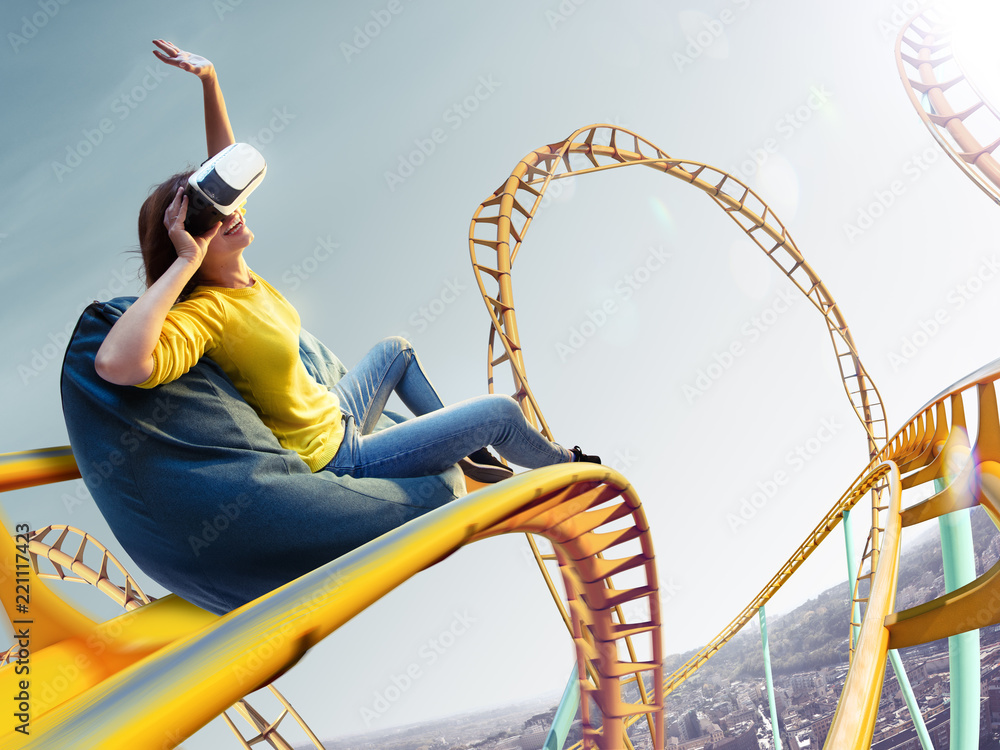
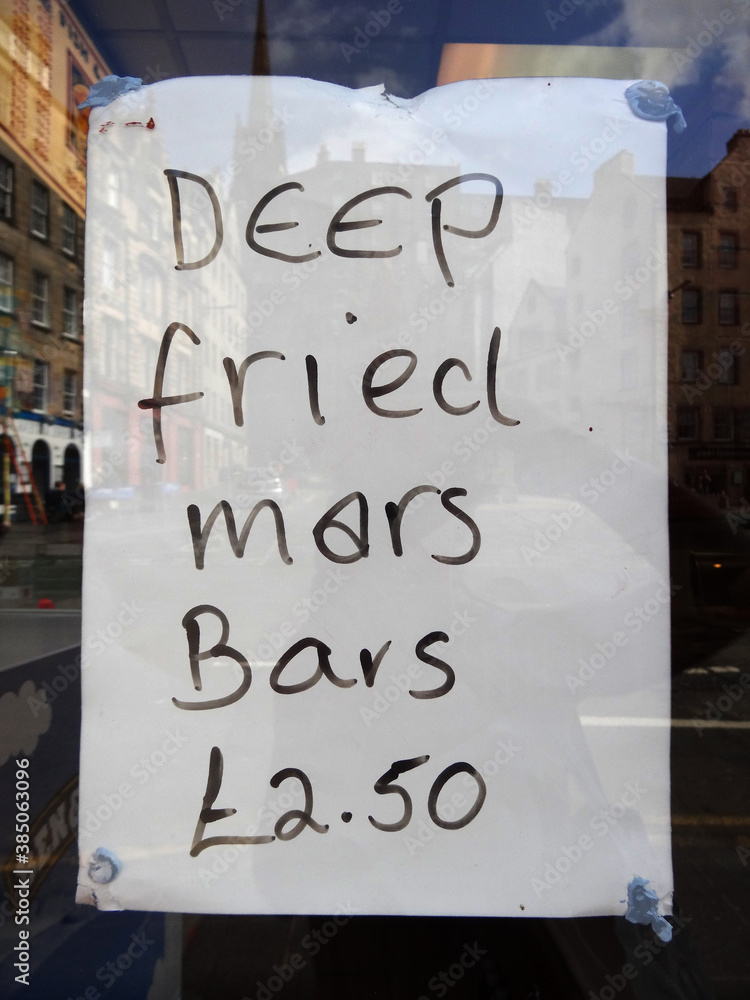
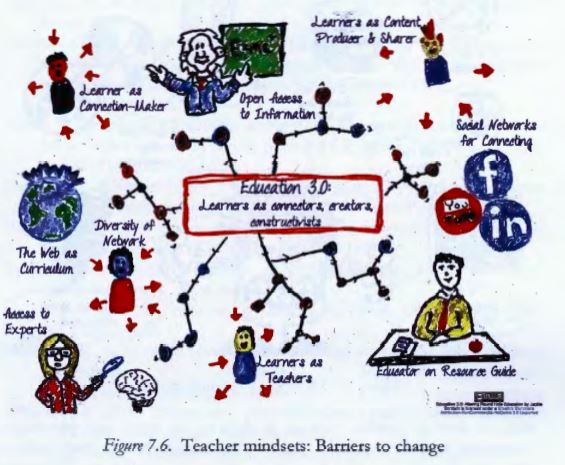
Hey ! great post ,As you highlighted out, the change from Web 1.0 to Web 2.0 has fundamentally changed the nature of online engagement in addition to making us go from being passive consumers to active content providers. Your analysis of how social media may spread extreme views and cause political polarization while also provide a platform for exchanging insightful ideas effectively conveys the dual nature of Web 2.0. Furthermore, your relevant story of being a mother looking for assistance on social media puts a personal touch on the discussion and highlights the potential benefits of online communities.